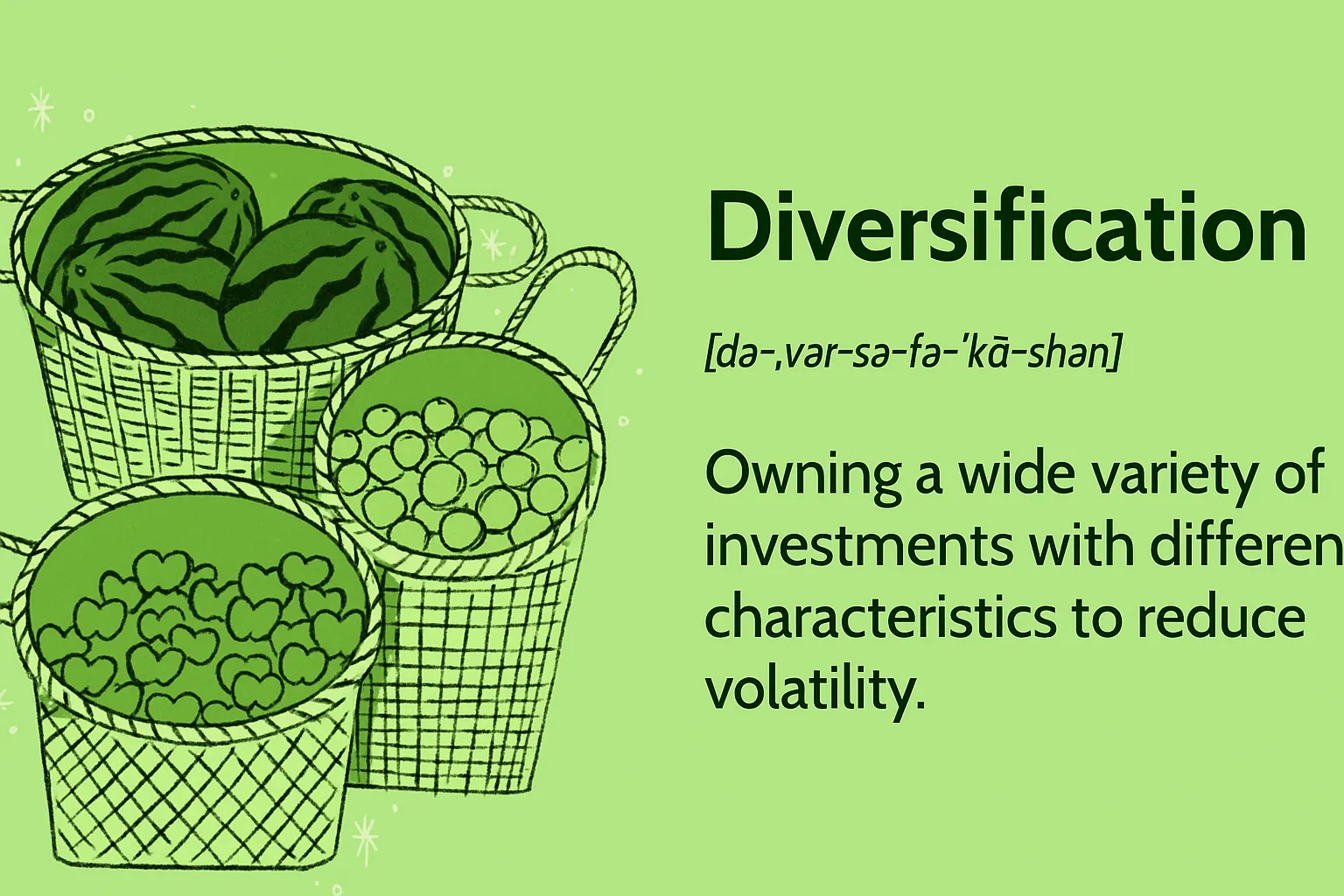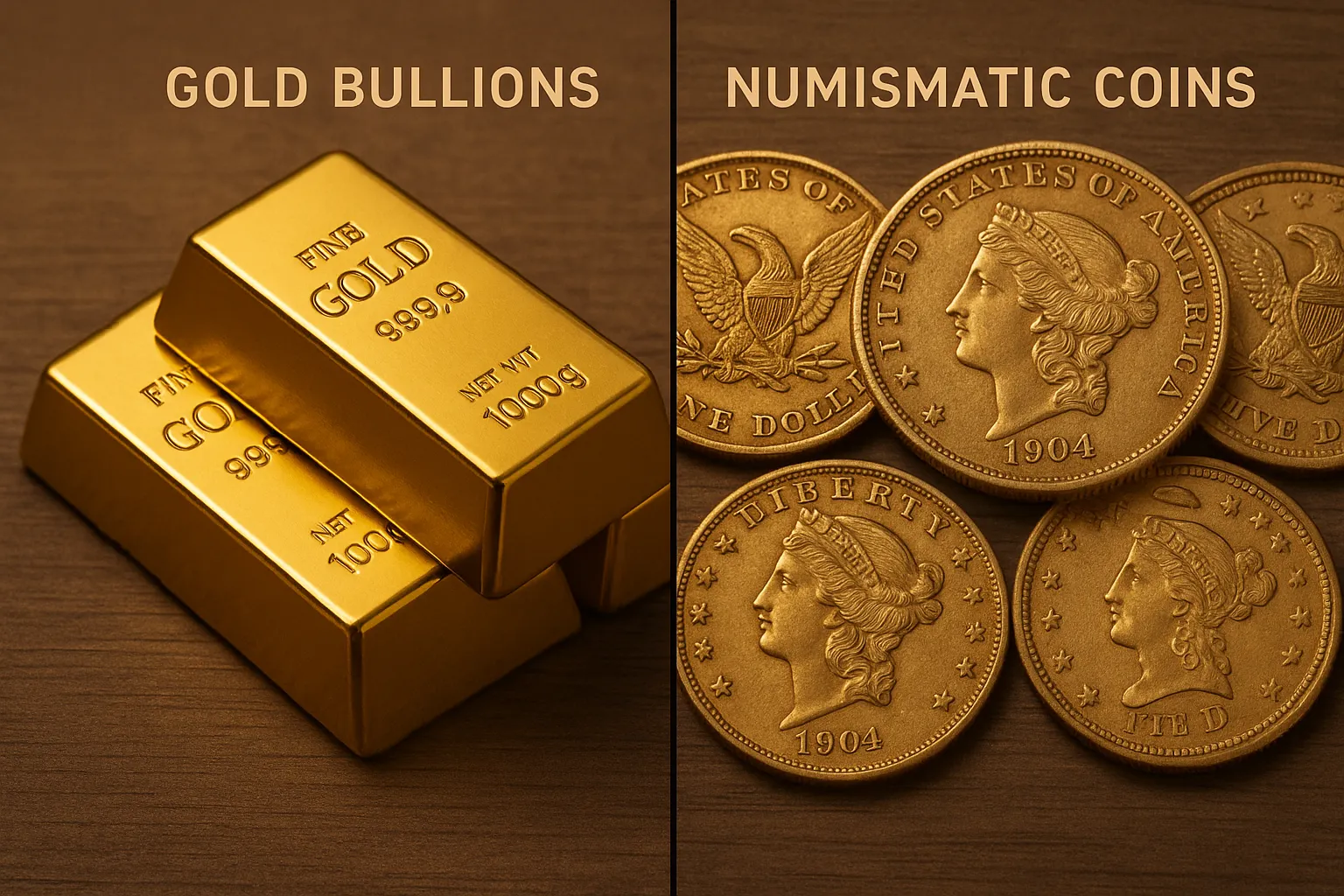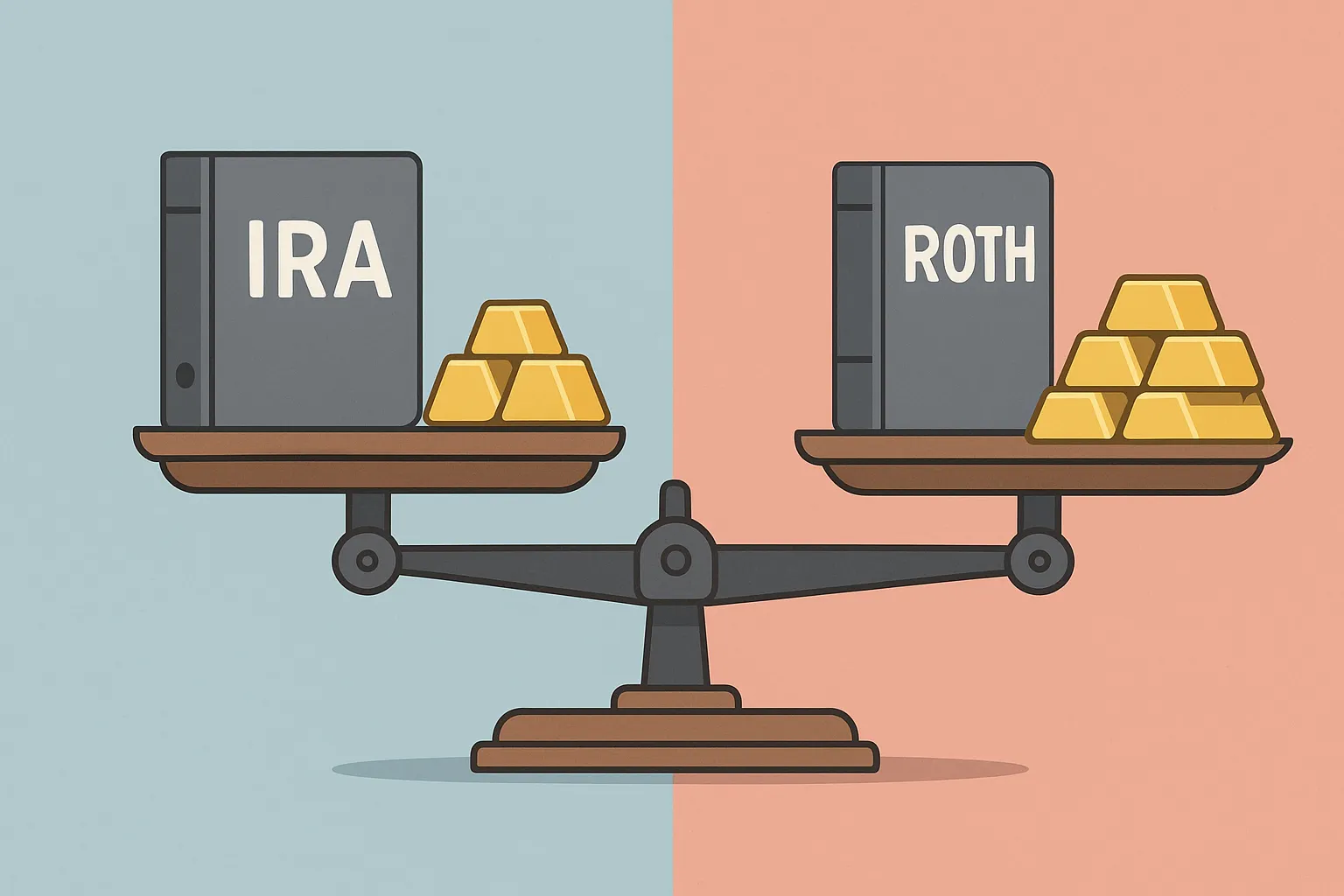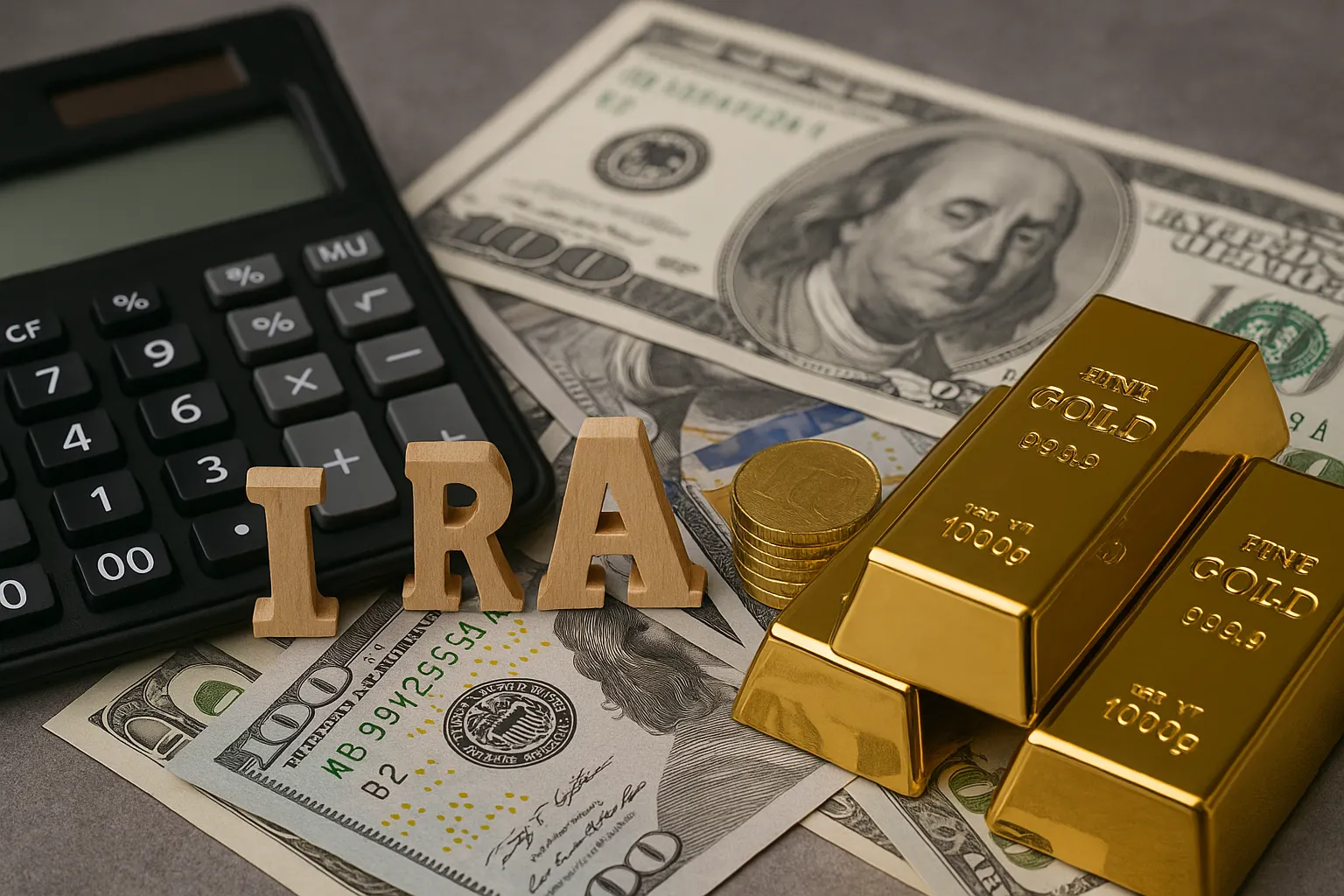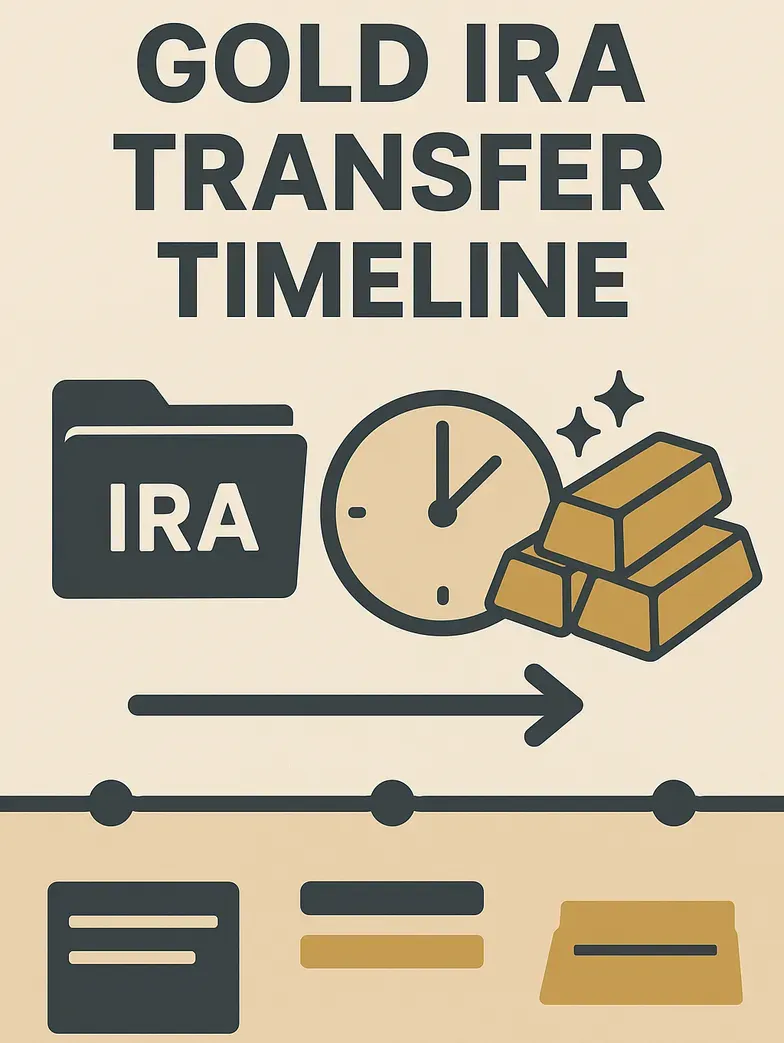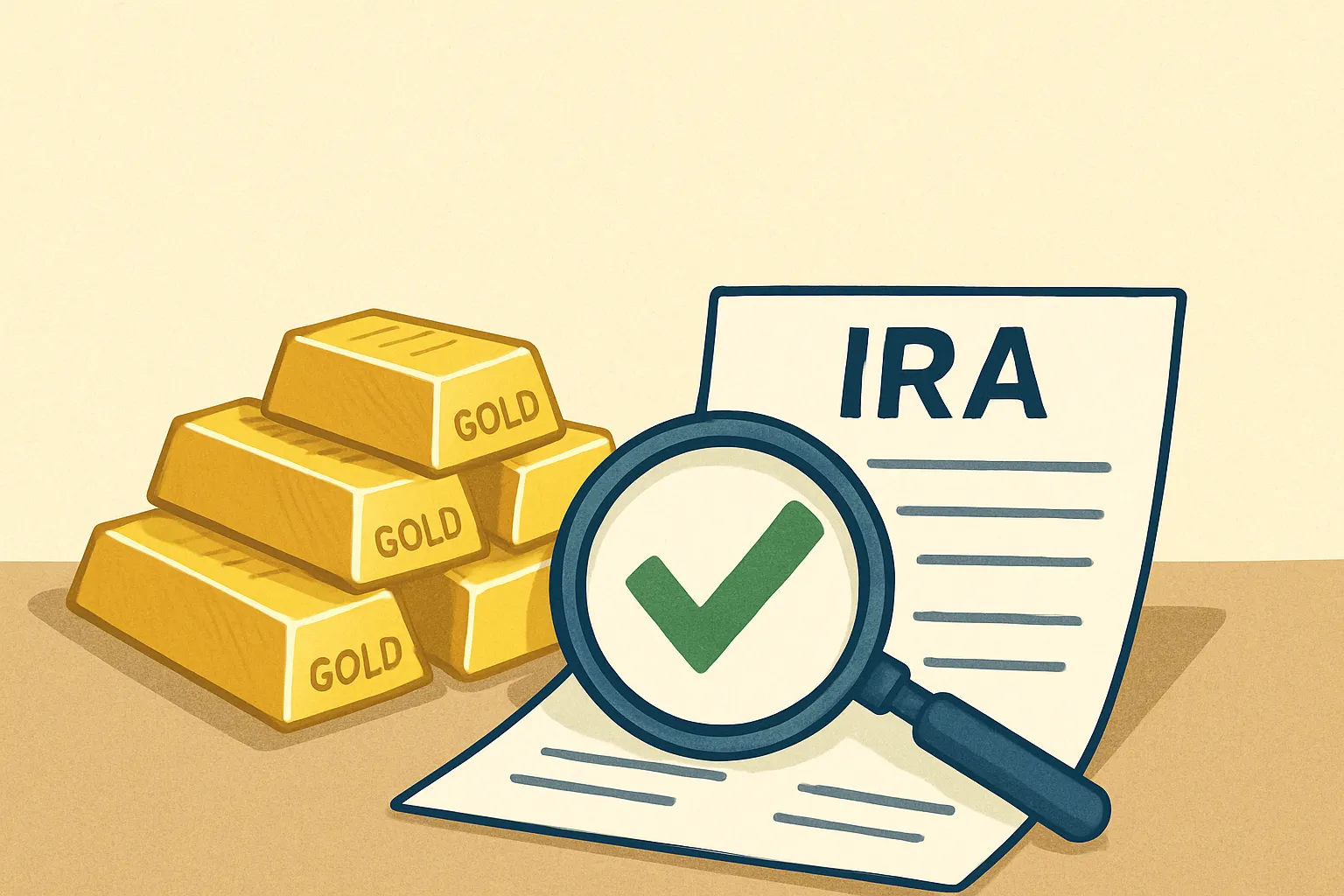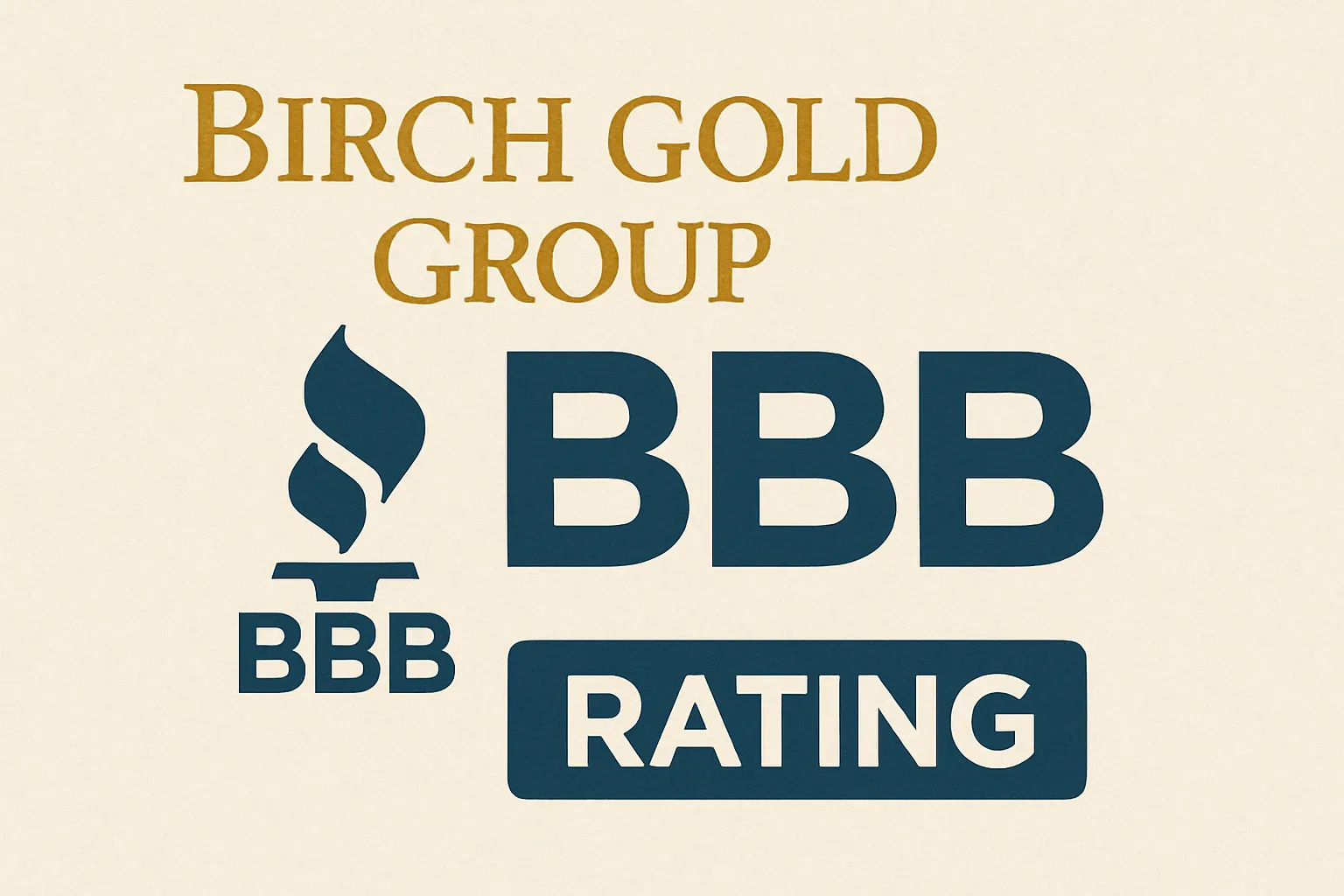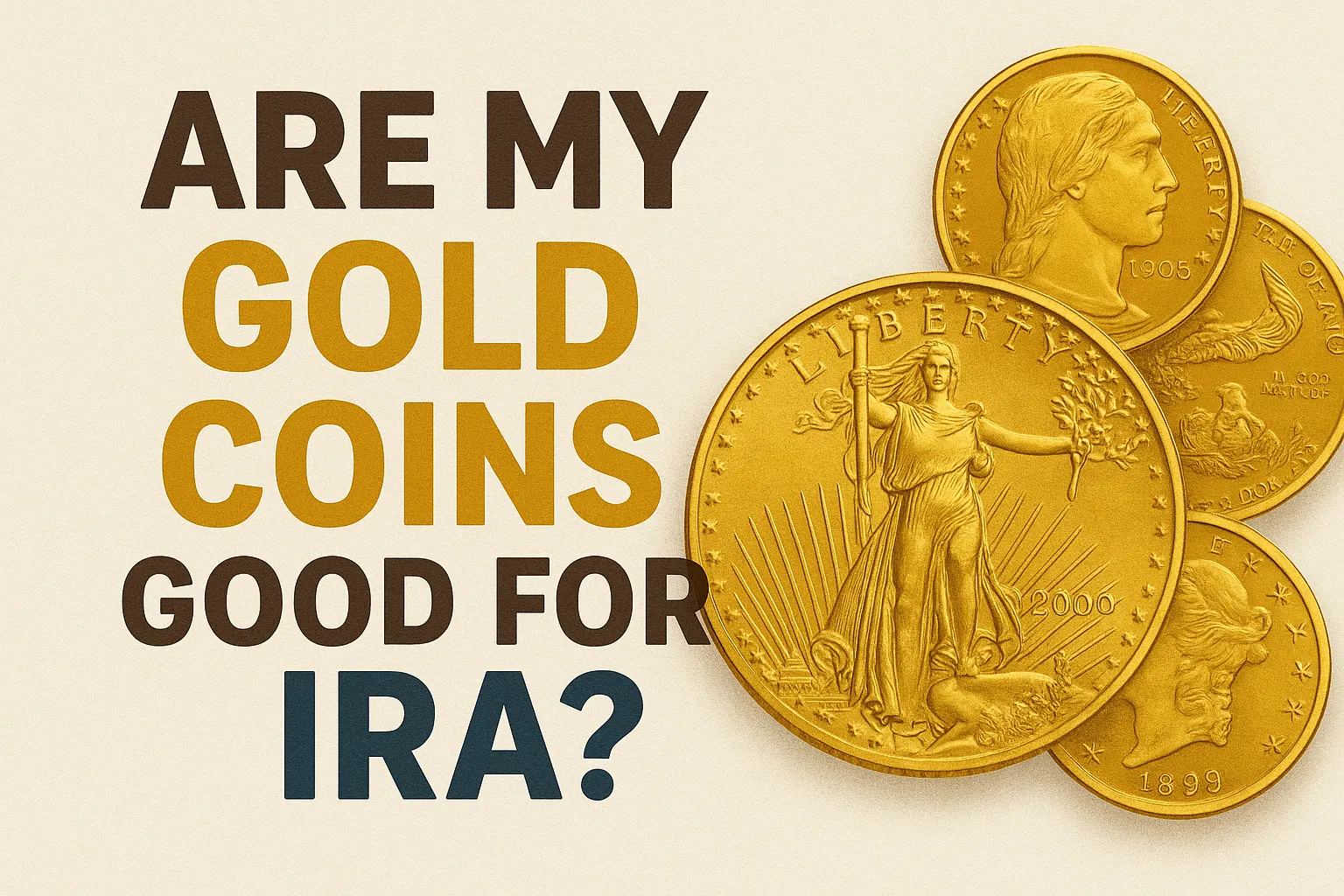Gold Bullion vs Numismatic Coins in Your IRA: Which Path to Financial Security?
You're ready to add gold to your retirement portfolio, but there's a critical decision that could make or break your investment strategy. Should you choose gold bullion or numismatic coins for your IRA?
This choice affects everything from your costs to your potential returns, and getting it wrong could cost you thousands.
Most investors rush into gold IRAs without understanding this fundamental distinction. They assume all gold is created equal for retirement accounts. They're wrong – and that mistake can devastate their retirement savings.
Understanding the Two Types of Gold Investments
Gold bullion consists of precious metal products valued primarily for their gold content. These include bars, rounds, and government-minted coins like American Gold Eagles or Canadian Maple Leafs. Their value tracks closely with the spot price of gold.
Numismatic coins are collectible coins valued for their rarity, historical significance, condition, and age – factors beyond just their gold content. These include rare dates, mint errors, and limited mintage coins that appeal to collectors.
Here's how they stack up:

The IRS maintains strict requirements for precious metals in retirement accounts. Gold must meet specific purity standards – typically 99.5% fineness for most products. This immediately eliminates most numismatic coins from IRA consideration.
IRA-Approved Gold Bullion Options:
- American Gold Eagles (91.67% gold content - special exception)
- Canadian Gold Maple Leafs (99.99% pure)
- Austrian Gold Philharmonics (99.99% pure)
- Certain gold bars from approved refiners
Numismatic Coins and IRAs: The reality is stark – virtually no numismatic coins qualify for IRA investment. The IRS purity requirements effectively exclude collectible coins, which often contain less than the required gold content or carry prohibitive premiums that violate IRA investment principles.
Any company pushing numismatic coins for your IRA should raise immediate red flags. This strategy often involves inflated prices and questionable sales tactics targeting uninformed investors.
Investment Performance and Return Potential
Gold Bullion Performance: Gold bullion delivers straightforward exposure to gold price movements. When gold rises 10%, your bullion investment rises approximately 10% (minus storage and management fees). This direct correlation makes performance predictable and transparent.
Numismatic Coin Performance: Numismatic coins operate in two markets simultaneously – the gold market and the collector market. While this can create additional upside potential, it also introduces complexity and risk. A rare coin might gain value even when gold prices fall, but it could also underperform gold during precious metal bull markets.
Liquidity: Your Exit Strategy Matters
Bullion Liquidity Advantages:
- Standardized products with transparent pricing
- Wide dealer network for buying and selling
- Quick transactions based on current spot prices
- Lower transaction costs
Numismatic Liquidity Challenges:
- Specialized dealer networks required
- Subjective grading affects pricing
- Longer transaction times
- Higher spreads between buy and sell prices
When you need to liquidate gold for retirement income, bullion offers the clearest, fastest path to cash.
Cost Structure Analysis
Gold Bullion Costs:
- Purchase premiums: 3-8% over spot price
- Annual storage fees: $100-300
- Custodian fees: $200-400 annually
- Transaction fees for buying/selling
Numismatic Coin Costs:
- Purchase premiums: 20-100%+ over gold content value
- Insurance costs often higher due to collectible value
- Specialized storage requirements
- Expert grading and authentication fees
- Higher transaction costs due to specialist market
The cost difference alone often makes bullion the superior choice for retirement investors focused on gold's wealth preservation qualities.
Risk Factors to Consider
Bullion Risks:
- Gold price volatility
- Storage and custodian risks
- Inflation of storage fees over time
Numismatic Risks:
- All bullion risks plus collector market risks
- Grading disputes affecting value
- Market manipulation in rare coin markets
- Difficulty verifying authentic value
- Limited buyer pool for exit strategies
Making Your Decision: When to Choose What
Choose Gold Bullion When:
- Your primary goal is gold price exposure
- You want transparent, liquid investments
- Cost efficiency matters for your portfolio
- You're building a traditional gold IRA
Consider Numismatic Coins When:
- You're investing outside retirement accounts
- You have expertise in coin collecting
- You understand the collector market dynamics
- You can afford the higher costs and risks
Red Flags to Avoid:
- Companies promoting numismatic coins for IRAs
- "Rare coin" sales pitches emphasizing scarcity
- Pressure tactics about "limited time" coin offers
- Promises of guaranteed appreciation beyond gold prices
Your Next Steps
For most retirement investors, gold bullion provides the cleanest path to precious metals exposure. The combination of IRA eligibility, cost efficiency, and liquidity makes bullion the logical choice for retirement portfolios.
Action Items:
- Research IRA-approved bullion products
- Compare custodian fees and storage options
- Understand your state tax implications
- Get quotes from multiple reputable dealers
- Verify all products meet IRS requirements
Before You Invest:
- Confirm your chosen products qualify for IRA investment
- Understand total annual costs including storage and custodian fees
- Verify the reputation of your chosen custodian and depository
- Review the buyback policies of your dealer
The gold IRA market contains both legitimate opportunities and predatory schemes. Numismatic coin pushers often target retirees with high-pressure tactics and inflated promises. Stick with transparent, IRA-eligible bullion products from reputable dealers.
Your retirement security depends on making informed decisions. Gold bullion offers the most straightforward path to precious metals diversification within your IRA, while numismatic coins belong in specialized portfolios outside retirement accounts – if at all.
Remember: the goal of your gold IRA should be wealth preservation and portfolio diversification, not speculation on rare coin markets. Choose accordingly.


